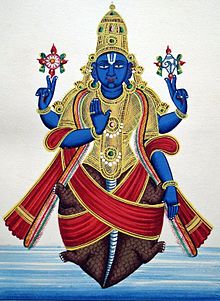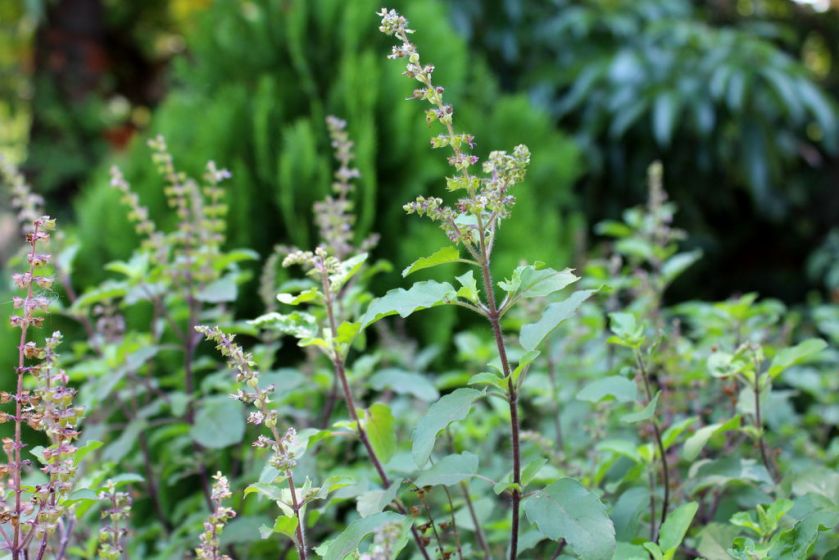
The last month my parents visited an ancient goddess family temple.. During my childhood I visited it multiple times but it never occurred in my mind to know its history or the story revolving in that temple with that goddess until my hubby asked about it..
That piqued my interest and I pondered on it.. I knew the goddess was called “Devi Bhuvaneshwari” but nothing more than that.
I thought the best person to answer my questions was my paternal grandfather who has certain pious relationship with that temple for the past 60+ years… And so we started talking about it…..
My grandfather began saying..
“Chunchanakota is a Village in Cherial Mandal in Siddipet district. It is located around 77 KM towards west from District head quarters Warangal, 7 KM from Cherial. Siddipet which is 30 km afar is the nearest town to Chunchanakota and is connected by roadways.
Once upon a time in a village called Gajavelly near Pragnapur further away from Siddipet, there lived a brahmin called Mr. Chandramouli Shastry. He had some family problems with his wife and they separated and she with her parents. They both had a son.
He was vexed with his life and wanted to get solace by performing rituals and wanted to live in the presence of spiritual being. Then he got to know that in a village called Marukuupu near Gowraram there was a famous Guruji by the name Narayana Baba. So, he reached there and took the blessings of the Guruji and started living there.In the same ashrama my grandfather’s elder brother Mr. Muralidhar Rao Nedunoori was a regular visitor and believed in the preachings of the Guruji. After some days they both became acquaintances and learned about their backgrounds, villages and their lives.
One day, still not satisfied with his life, Mr. Chandramouli Shastry asked his guruji to direct him for a well balanced and peaceful life. The Guruji asked him to walk very far away to a place called and turn at the first corner, he said that he”ll experience something there. So, as directed by his Guruji he went there and as soon as he turned the first corner he met an old lady who was very weak. She asked him to take him to the nearby hills. As they were nearing the foothills they reached a village called “Chunchanakota” the old lady suddenly disappeared. Mr. Chandramouli Shastry was surprised and thought that she could had gone to one of the houses in the village. So he probed into the houses in the small village for her. But nobody knew anything about the old lady.
Disappointed and tired he finally reached a very poor Brahmin’s home for some shelter. In that house lived Mr. Seetaraama Shastry and Mrs. Narasamma they were very happy to receive Mr. Chandramouli Shastry and offered him some food and shelter for that night. The childless couple asked him about his whereabouts. He said that he is separated from his wife and doesn’t have any family. Determined to find the old lady Mr. Chandramouli Shastry didn’t leave the village and searched for her the following day.Mrs. Narasamma was very happy to host Mr. Chandramouli Shastry daily and considered him as their child.He was very grateful for the couple and looked after them.
One night Mr. Chandramouli Shastry dreamt the old lady in full glory. She had very rich ornaments, beautiful saree and was the epitome of goddess. He was mesmerized and prostrated in front of her. She said ” O! Chandramouli I want to live here, make arrangements for that. ” He was startled and woke up, felt very privileged and made an oath to build a temple for the goddess.
Since they were very poor family, he wondered how he could arrange for a temple let alone an idol. But his determination to build the temple was so strong that he got help from his fellow villagers. He even wrote letters to his friends from his Guruji’s ashrama and explained his intentions of building the temple for the goddess. Many helped him and even my grandfather’s brother was very keen to contribute and suggested him to go to Rajasthan and get the idol made from there. He went to Rajasthan and ordered for a beautiful marble statue and paid for that by receiving alms over there. He bought it back to Chunchanakota with utmost devotion and established the goddess there.
He believed in the goddess and named her as “Goddess Bhuvaneshwari Matha“. He performed very strict rituals and stipulated some rules to do the pooja daily. Since he never married again, he adopted a son Mr. Shankar Narayana from another Brahmin family and taught him the rituals so that the pooja and the rituals continues thereafter. His children who are temple priests now manage the temple and organize the events. This is the history of the temple.
The main priest in the temple is prominently known as ‘Pedda Ayyagaru’ and the priest will inform the solutions to the devotees if they ask him. Entire priest family does not aspire for any kind of monetary benefit. Goddess Bhuvaneshwari Matha is enshrined on Srichakram and is in the form of a small girl, established many years ago by the priest’s ancestors.
In olden days, for every small task the priests would seek the permission of the goddess by rolling rice grains and there would be a calculation, if 11 grains comes then it was a YES and if 12 grains come it was signified as NO. It was similar to playing dice but with rice grains.Eventually this practice was stopped but the intense devotion for the goddess never ceased.
Every year in the months of Jan-Feb there will be “Navaratri ceremony” held. During this time, people from nearby places visit Chunchanakota and perform various poojas and make it a spectacular event. In the Navaratri Ceremony, many pious poojas and rituals are celebrated.
- The First day will be dedicated for “Kalasha Sthapana pooja” which is a pot considered a symbol of abundance and “source of life” in the Vedas. The Kalasha is believed to be a symbol of auspiciousness embodying either Ganesha, remover of obstacles, or his mother Gauri, the goddess of household bounty or Lakshmi.Some people do a “Paada-yatra” meaning walking for certain number of kilometers and reach the temple premises on the first day
- On the Second day “Kumkuma-Archana pooja ” which is auspicious for ladies and their household is performed
- Third Day “Chandi Havanam” which is a a ritual sacrifice with a specific objective is performed
- On Fourth day “Pushparchana” meaning decorating Goddess Bhuvaneshwari with plenty of flowers. It will be an enchanting event.
- Fifth day “Rudra-Abhishekam” which is a sacred cleaning ritual performed to please Lord Shiva is performed.
- On Sixth day “Maha-LingaArchana pooja” and “Poornahuthi” is performed
- On Seventh day “Satyanarayana Pooja” is performed and it can be done by anyone irrespective of their caste and creed.
- On the Eighth day “Kalasha-Udhvasana” meaning thanking the gods for the successful pooja ceremonies and in the evening “Pallaki-Seva”, the goddess will be placed in a chariot and is carried by devotees in a procession throughout the village.
- The Ninth day officially marks the end of the Navaratri ceremony.
During these nine days various kinds of foods are offered to goddess and are consumed by devotees as her “Prasadam” gracious gift. Even tea is offered to the goddess first and is regarded as the holy “Prasadam” and then the devotees drink it.
Different kinds of holy bhajans like “Chakka Bhajana” and chants are done during this time. Many devotees stay up late night for such holy chants and enjoy dancing to the tunes of the devotional songs.
“Sree MatreNamah” is the holy chant that will always reverberate in this temple. And it is the holiest way to please Goddess Bhuvaneshwari Matha.
And thus my grandpa concluded the brief history and the importance of this holy place “Chunchanakota”.
I feel fortunate and privileged to write about Goddess Bhuvaneshwari Matha and hope she showers her blessings to our entire mankind.
||Sree Matre Namah||























